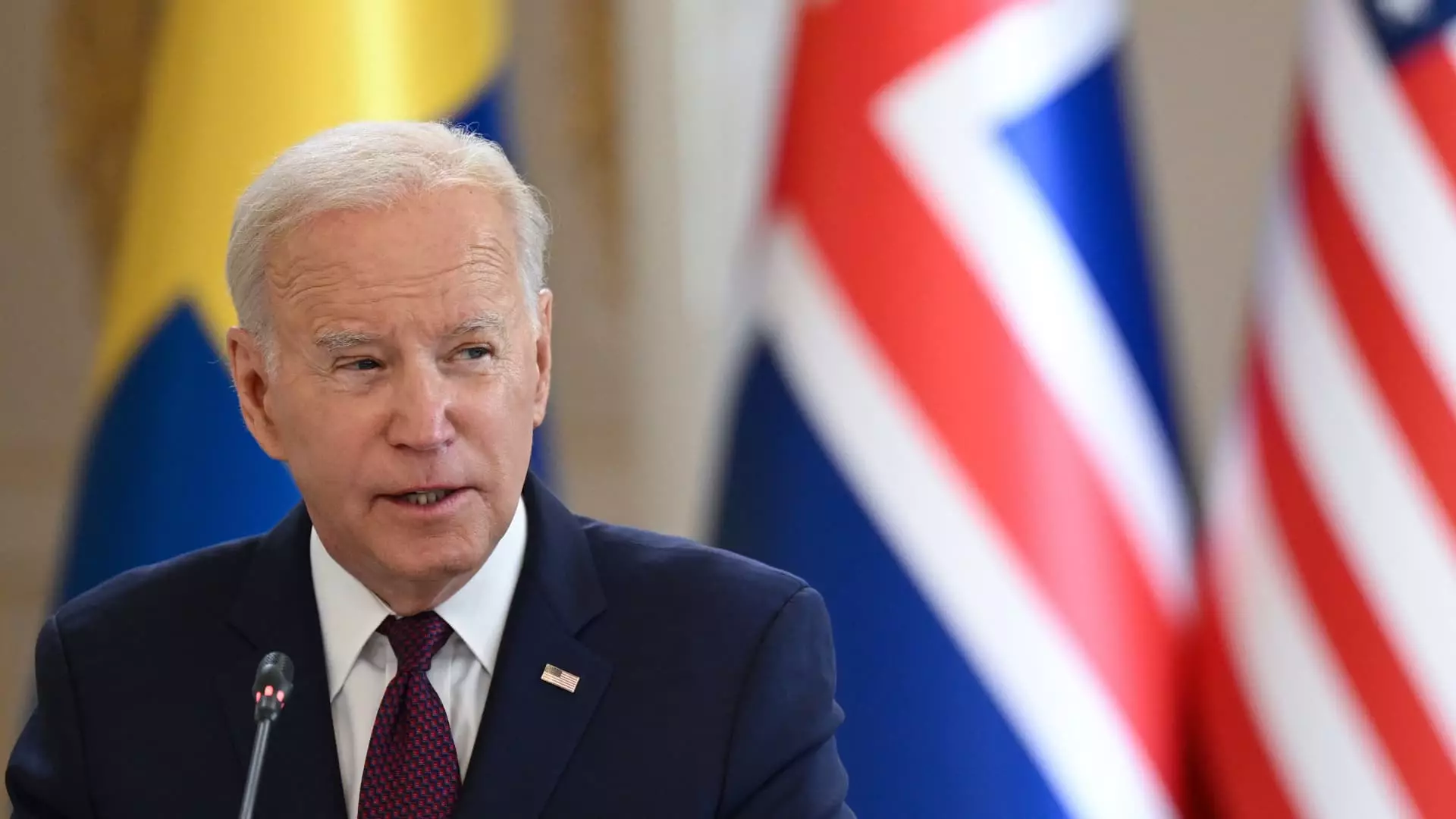As the NATO alliance celebrates its 75th anniversary, all eyes are on U.S. President Joe Biden to demonstrate his leadership and commitment to the transatlantic alliance. Having faced criticism regarding his age and mental fitness, Biden must use this opportunity to prove that he is ready to lead not only the United States but also NATO. The upcoming summit in Washington will serve as a crucial moment for Biden to showcase his capabilities and reassure NATO members of America’s continued support.
While many view the current summit as a make-or-break moment for NATO, former deputy secretary-general Rose Gottemoeller suggests otherwise. She highlights the alliance’s resilience in overcoming various challenges and crises throughout its history. Despite the difficulties faced by NATO, Gottemoeller remains confident in the alliance’s ability to weather the storm and emerge stronger. The organization has proven time and again that it can adapt and evolve in response to changing geopolitical landscapes.
One of the key focuses of NATO currently is its support for Ukraine in the ongoing conflict with Russia. The U.S. plays a significant role in providing financial and military assistance to Kyiv, a contribution that could be at risk if President Donald Trump is re-elected. Trump’s past threats to withdraw from NATO and his opposition to aiding Ukraine have raised concerns among alliance members. The outcome of the U.S. presidential election will have far-reaching implications for NATO’s involvement in the region.
Under the Trump administration, NATO members faced pressure to meet the alliance’s requirement of spending 2% of their GDP on defense. Trump’s tough stance on defense spending pushed member states to increase their contributions significantly. While there were initial doubts about Trump’s commitment to NATO, his actions resulted in a positive shift in defense spending among alliance members. The current landscape sees more countries meeting the 2% threshold, indicating a collective effort to strengthen NATO’s defense capabilities.
Should President Trump secure a second term in office, NATO allies will likely face renewed demands to increase their defense spending. Trump’s continued focus on burden-sharing within the alliance is expected to be a core priority in his agenda. Despite past threats to withdraw from NATO, it is unlikely that Trump will follow through on such drastic measures. However, NATO members must be prepared to address Trump’s expectations and work towards meeting the alliance’s defense commitments.
The NATO alliance stands at a critical juncture as it navigates the complexities of international relations under the Biden administration. While challenges lie ahead, the organization’s resilience and adaptability have proven to be its strengths in times of uncertainty. President Biden’s leadership will be tested at the upcoming summit, where he must reaffirm America’s dedication to NATO and its mission. The future of NATO hinges on the collective efforts of its members to uphold their commitments and address evolving security challenges in a rapidly changing world.

Leave a Reply